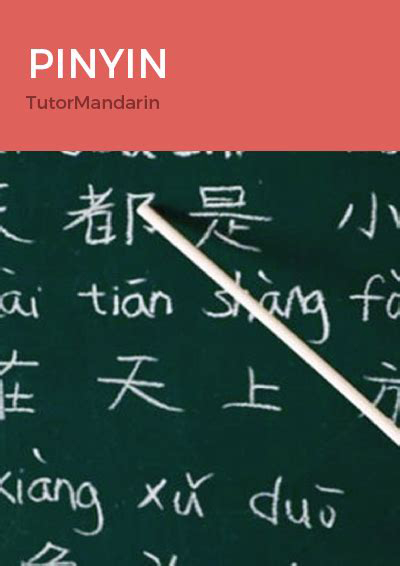Wisdom of generations: promoting Mandarin Chinese across world

What motivated China to invent and popularize the pinyin system? The primary goal was to find an effective way to eradicate illiteracy. The country’s illiteracy rate was 80 percent in the early days of the new China. The government took three steps to ameliorate the situation: simplifying Chinese characters, promoting Mandarin Chinese and creating the pinyin system.
At the time, people used homophones as a traditional form of phonetic notation. Also, the pronunciations of two characters can spell out a new pronunciation that indicates a new character. And these two characters can serve as another form of phonetic notation. However, “such methods won’t work for Mandarin Chinese learning, because locals will use dialects to read these characters,” said Su Peicheng, a professor from the Department of Chinese Language and Literature at Peking University.
Domestic methods don’t apply effectively. How about the solutions from overseas? Foreigners have invented several phonetic systems for missionary or language-learning purposes since the turn of Ming and Qing dynasties, including the Italian priest Matteo Ricci’s romanization, Wade-Giles romanization from Britain and Yale romanization by sinologist George Kennedy from the United States.
However, these solutions were intended more for the Westerners than for Chinese people. Without unified phonetic standards, they also failed to accurately match the pronunciation of Chinese characters.
In fact, the development of phonetic systems for Chinese language can be traced back to Lu Zhuangzhang. He developed the New Phonetic Alphabet and published his 1892 book First Steps in Being Able to Understand at a Glance, followed by many other solutions that didn’t qualify because they lacked precision, convenience and accuracy.
The Chinese government asked the Committee for the Reform of Chinese Written Language to research a phonetic system in 1955. After three years, the pinyin scheme was approved at the Fifth Session of the first National People’s Congress. Its release and promotion across the country enabled unification of phonetics.
The pinyin system aims to improve literacy and Mandarin Chinese education to make it easier for people to learn and use Chinese characters. It was never intended as a substitute for Chinese characters. The country’s illiteracy rate has dropped from 80 percent to 4 percent in the past six decades and more than 70 percent of Chinese people can speak Mandarin Chinese. The pinyin system deserves most of the credit for such achievements.
In addition, pinyin has developed into an irreplaceable apparatus in many domains, such as sign language, braille and other special forms of Chinese languages. It also supports the creation of ethnic minority languages as well as the compilation of dictionaries, books, archives, medical records and documents. “Pinyin is the bedrock for the invention of sign language and braille, which allow people with disabilities to have equal opportunities to participate in social life and benefit from the advancement of civilization,” said Zhang Wei, director of China Braille Press.
The United Nations adopted the pinyin system as a standard to spell Chinese geographical names in languages written with Latin alphabets in 1977. The International Organization for Standardization (ISO) approved the proposal of Zhou Youguang, father of pinyin, and adopted ISO 7098 principles of romanization of Modern Chinese as an international standard in languages written with Latin alphabets. In this way, pinyin went beyond China to serve as a standard across the world.
The solution to high illiteracy has become a connection for global exchanges. Since the 1990s, pinyin increasingly integrated with the world and it became an computer input method to enter Chinese characters as the era of globalization, digitization and intelligentization arrived.
However, the pinyin scheme and several other romanization systems of Chinese characters coexisted in the world with many countries and regions remained to use the methods they previously adopted. Also, pinyin needed to adapt to the era of information. Revision is inevitable.
China began to revise the ISO 7098 principles in 2011 and the new version was approved by the ISO technical committee for information and documentation in 2015. Feng Zhiwei led the revision work, and he is also an associate fellow at the Institute for Applied Linguistics under the Ministry of Education. He observed how the revised standard could affect future linguistic development. “The revised romanization of Mandarin Chinese is about to bring documentary digitization to a higher stage. Pinyin will play a bigger role in the field of global documentation and further promote itself in the world,” Feng said.
(edited by MA YUHONG)
